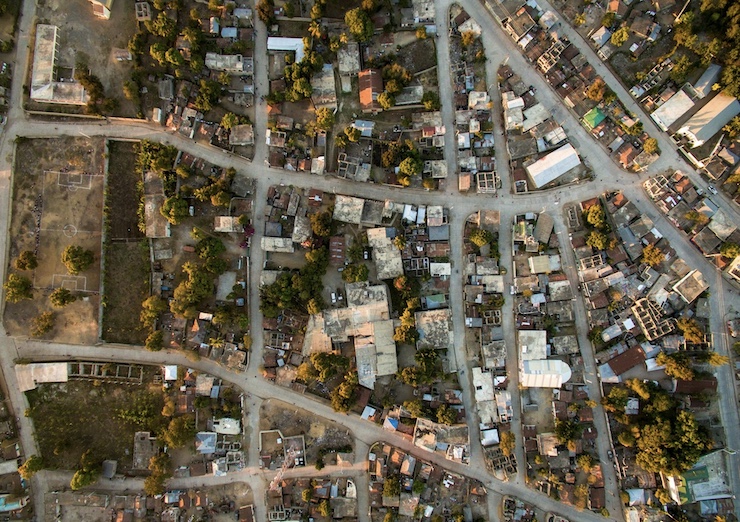Haiti Turns to Drones to Address Growing Gang Violence

For years, Haiti has been gripped by escalating gang violence, fueled by political instability, widespread poverty, and the absence of a functioning government. The crisis deepened after the assassination of President Jovenel Moïse in 2021, which left the country without elected leadership. Armed groups have since filled the power vacuum, seizing control of police stations, airports, and major roadways. In early 2024, a powerful coalition of gangs known as Viv Ansanm launched a series of coordinated attacks in Port-au-Prince, the country’s capital and largest city, overwhelming government forces and forcing the closure of key infrastructure. As violence spread and tens of thousands were displaced, Haitian leaders warned that the state itself was on the brink of collapse.
In response to this growing emergency, Haiti’s interim government is now turning to drone technology as a critical tool in its fight to regain control. “We can’t survive without drones,” said interim Prime Minister Garry Conille. “We need the ability to see, to plan, and to protect.” Drones are being deployed to monitor gang strongholds, support law enforcement, and improve the tactical response of a police force that remains severely under-resourced. With the country’s main airport repeatedly shut down and police units regularly outgunned, drones offer a rare advantage in a deeply fractured security environment.
The push to adopt drone-based surveillance and response strategies was driven by necessity. Haitian police lacked the manpower to confront gangs in heavily fortified neighborhoods, and the slow arrival of an internationally backed police support mission left officials with few options. Drone operations began expanding in early 2024, inspired in part by successful drone deployments in other unstable regions and urban counterinsurgency efforts. According to interim Defense Minister Jean Marc Berthier, “Drones allow us to gain real-time situational awareness in areas too dangerous to enter. They’re helping us map gang territories and identify patterns of movement we couldn’t see before.”
Most of Haiti’s drones have been procured through a combination of private security partnerships and international donations. Interim government sources say several commercially available multirotor drones, similar to models used in search and rescue missions, are currently in use. These quadcopters provide high-resolution video and thermal imaging, which allows operators to monitor gang activity from a safe distance, even at night. Officials are also seeking to add more advanced fixed-wing systems with longer range and higher endurance, capable of staying airborne for hours at a time and covering entire districts in a single flight.
In addition to surveillance capabilities, the drones have been essential in coordinating ground operations and directing limited police resources where they are most needed. Footage from drone flights is reviewed by both Haitian police and private military contractors assisting the interim government. These contractors, who have not been publicly identified, are believed to be operating with a focus on intelligence support rather than direct combat. Their role includes flight planning, image analysis, and real-time mission guidance in gang-dominated regions.
The technology has already proven useful in several operations, including recent attempts to reclaim public buildings and reopen transportation routes. Haitian officials say the ability to detect gang movement and weapons caches without putting officers at immediate risk is a game-changer. “Every time a drone goes up, we have a chance to restore order,” said interim Prime Minister Conille. “It’s not enough, but it’s a start.”
However, observers warn that drones alone will not solve Haiti’s underlying problems. Security analysts argue that while drones can improve coordination and deterrence in the short term, long-term recovery will require institutional reform, economic investment, and the restoration of democratic governance. “They offer a critical advantage in surveillance,” said Jean-Louis Leger, a Haitian political analyst based in Miami. “But without structural change, drones won’t fix the root of the problem.”
Still, for a government teetering on the edge of collapse, drones may be one of the few tools available to resist total disorder. As the first Kenyan officers from the UN-backed multinational police force arrive in Port-au-Prince, Haitian officials hope that the growing role of drone surveillance will complement broader international efforts and buy time for the country to stabilize. For now, the skies above Haiti offer a rare vantage point and perhaps a lifeline as the nation fights to reclaim its future.
|